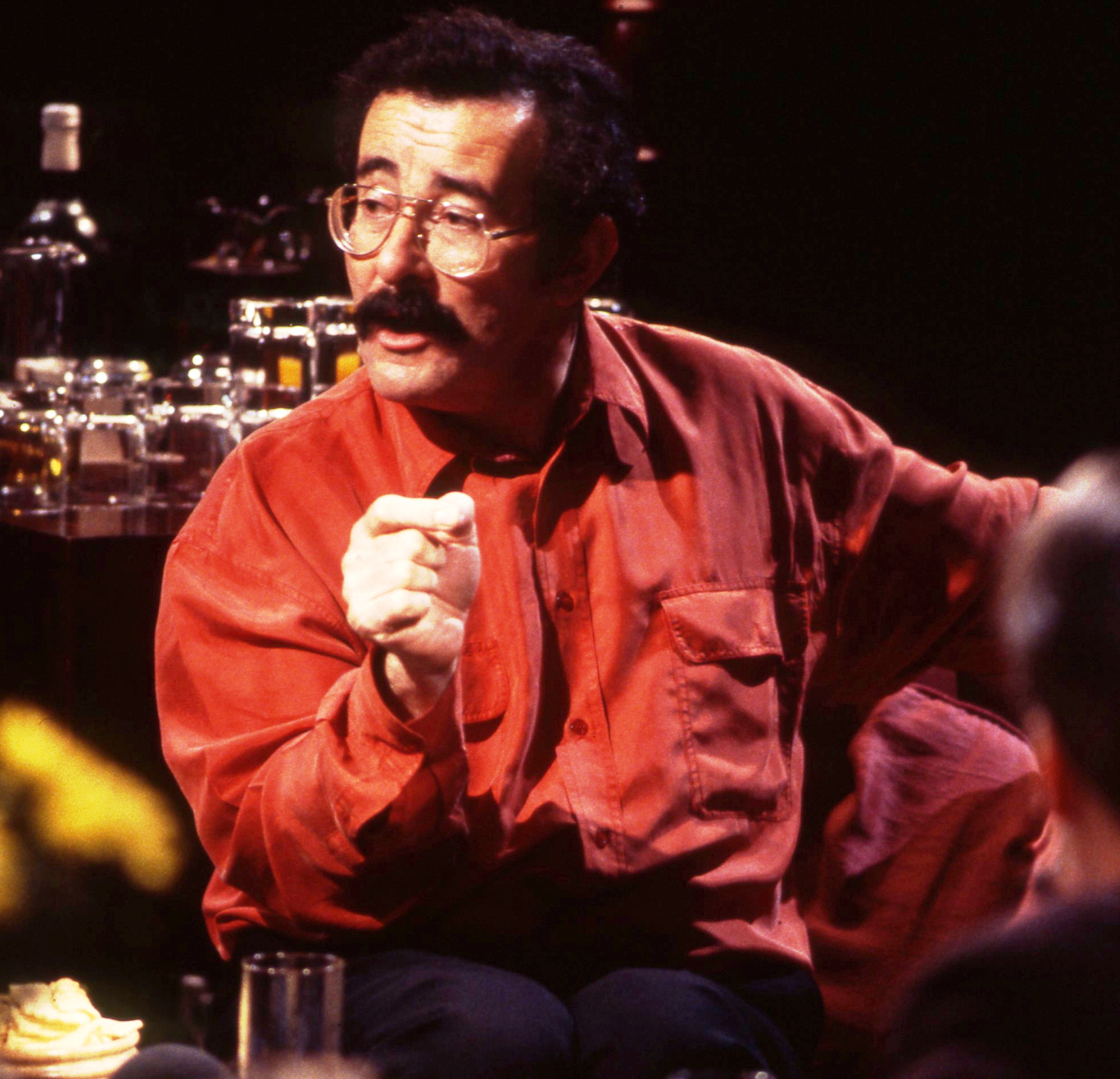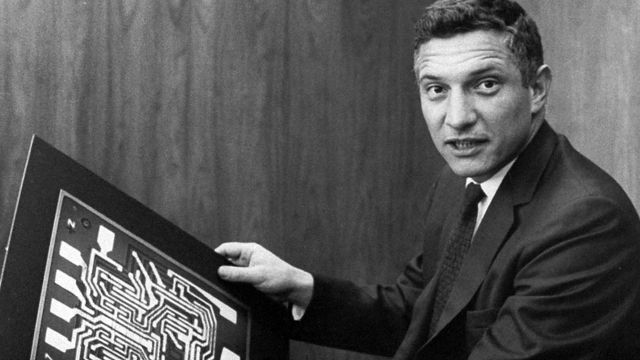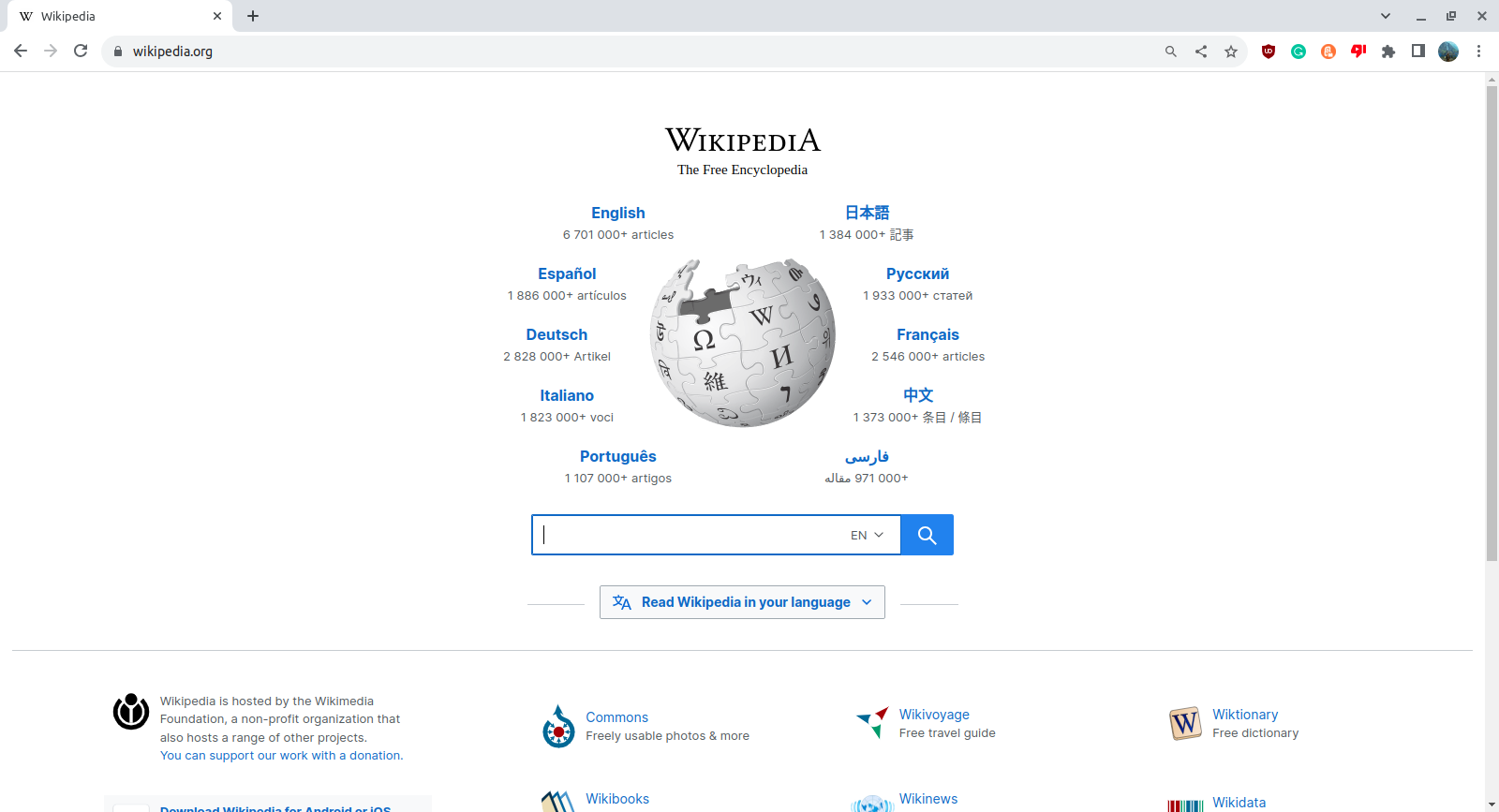|
How Science Changed Our World
''How Science Changed Our World'' is a 2010 BBC television documentary presented by Robert Winston (first broadcast on 23 December 2010 on BBC One). It focuses on ten scientific advances, which according to the producers, had the biggest impact on our lives. Viewers were asked to vote on their favourite advancement. Breakthroughs # Combined oral contraceptive pill # Integrated circuit, Microchip # Magnetic resonance imaging # Laser # Biomechanics # World Wide Web # Big Bang theory (Robert Winston's choice) # Human Genome Project # Stem cell research # In vitro fertilisation Credits * Series Producer: Sophie Todd * Presenter: Robert Winston * Producer: Naomi Austin External links ''How Science Changed Our World''at BBC at The Independent Results of the Viewer Poll ''With 23000 votes.'' # Microchip (37.3%) # World Wide Web (18.7%) # Stem cell research (14.3%) # Human Genome Project (10%) # Laser (6.2%) # Big Bang theory (6.1%) # Magnetic resonance imaging (3.9%) # In vitro ... [...More Info...] [...Related Items...] OR: [Wikipedia] [Google] [Baidu] |
Television Documentary
Television documentaries are televised media productions that screen documentaries. Television documentaries exist either as a television documentary series or as a television documentary film. * Television documentary series, sometimes called docuseries, are television series screened within an ordered collection of two or more televised episodes. * Television documentary films exist as a singular documentary film to be broadcast via a documentary channel or a News broadcasting, news-related channel. Occasionally, documentary films that were initially intended for televised broadcasting may be screened in a Movie theater, cinema. Documentary television rose to prominence during the 1940s, spawning from earlier cinematic documentary filmmaking ventures. Early production techniques were highly inefficient compared to modern recording methods. Early television documentaries typically featured historical, wartime, investigative or event-related subject matter. Contemporary televisio ... [...More Info...] [...Related Items...] OR: [Wikipedia] [Google] [Baidu] |
Robert Winston
Robert Maurice Lipson Winston, Baron Winston (born 15 July 1940) is a British professor, medical doctor, scientist, television presenter and Labour peer. Early life Robert Winston was born in London to Laurence Winston and Ruth Winston-Fox, and brought up as an Orthodox Jew. His mother was Mayor of the former Borough of Southgate. Winston's father died as a result of medical negligence when Winston was nine years old. Robert has two younger siblings: a sister, the artist Willow Winston, and a brother, Anthony.Robert Winston: 'I do have a very dark side' ''The Daily Telegraph'', 15 August 2008 Winston attended firstly [...More Info...] [...Related Items...] OR: [Wikipedia] [Google] [Baidu] |
Combined Oral Contraceptive Pill
The combined oral contraceptive pill (COCP), often referred to as the birth control pill or colloquially as "the pill", is a type of birth control that is designed to be Oral administration, taken orally by women. It is the oral form of combined hormonal contraception. The pill contains two important hormones: a progestin (a synthetic form of the hormone progestogen / progesterone) and Estrogen (medication), estrogen (usually ethinylestradiol or Estradiol, 17β estradiol). When taken correctly, it alters the menstrual cycle to eliminate ovulation and prevent pregnancy. Combined oral contraceptive pills were first approved for contraceptive use in the United States in 1960, and remain a very popular form of birth control. They are used by more than 100 million women worldwide including about 9 million women in the United States. From 2015 to 2017, 12.6% of women aged 15–49 in the US reported using combined oral contraceptive pills, making it the second most common method of ... [...More Info...] [...Related Items...] OR: [Wikipedia] [Google] [Baidu] |
Integrated Circuit
An integrated circuit (IC), also known as a microchip or simply chip, is a set of electronic circuits, consisting of various electronic components (such as transistors, resistors, and capacitors) and their interconnections. These components are etched onto a small, flat piece ("chip") of semiconductor material, usually silicon. Integrated circuits are used in a wide range of electronic devices, including computers, smartphones, and televisions, to perform various functions such as processing and storing information. They have greatly impacted the field of electronics by enabling device miniaturization and enhanced functionality. Integrated circuits are orders of magnitude smaller, faster, and less expensive than those constructed of discrete components, allowing a large transistor count. The IC's mass production capability, reliability, and building-block approach to integrated circuit design have ensured the rapid adoption of standardized ICs in place of designs using discre ... [...More Info...] [...Related Items...] OR: [Wikipedia] [Google] [Baidu] |
Magnetic Resonance Imaging
Magnetic resonance imaging (MRI) is a medical imaging technique used in radiology to generate pictures of the anatomy and the physiological processes inside the body. MRI scanners use strong magnetic fields, magnetic field gradients, and radio waves to form images of the organs in the body. MRI does not involve X-rays or the use of ionizing radiation, which distinguishes it from computed tomography (CT) and positron emission tomography (PET) scans. MRI is a medical application of nuclear magnetic resonance (NMR) which can also be used for imaging in other NMR applications, such as NMR spectroscopy. MRI is widely used in hospitals and clinics for medical diagnosis, staging and follow-up of disease. Compared to CT, MRI provides better contrast in images of soft tissues, e.g. in the brain or abdomen. However, it may be perceived as less comfortable by patients, due to the usually longer and louder measurements with the subject in a long, confining tube, although ... [...More Info...] [...Related Items...] OR: [Wikipedia] [Google] [Baidu] |
Laser
A laser is a device that emits light through a process of optical amplification based on the stimulated emission of electromagnetic radiation. The word ''laser'' originated as an acronym for light amplification by stimulated emission of radiation. The first laser was built in 1960 by Theodore Maiman at Hughes Research Laboratories, based on theoretical work by Charles H. Townes and Arthur Leonard Schawlow and the optical amplifier patented by Gordon Gould. A laser differs from other sources of light in that it emits light that is coherence (physics), ''coherent''. Spatial coherence allows a laser to be focused to a tight spot, enabling uses such as optical communication, laser cutting, and Photolithography#Light sources, lithography. It also allows a laser beam to stay narrow over great distances (collimated light, collimation), used in laser pointers, lidar, and free-space optical communication. Lasers can also have high temporal coherence, which permits them to emit light ... [...More Info...] [...Related Items...] OR: [Wikipedia] [Google] [Baidu] |
Biomechanics
Biomechanics is the study of the structure, function and motion of the mechanical aspects of biological systems, at any level from whole organisms to Organ (anatomy), organs, Cell (biology), cells and cell organelles, using the methods of mechanics. Biomechanics is a branch of biophysics. Etymology The word "biomechanics" (1899) and the related "biomechanical" (1856) come from the Ancient Greek βίος ''bios'' "life" and μηχανική, ''mēchanikē'' "mechanics", to refer to the study of the mechanical principles of living organisms, particularly their movement and structure. Subfields Biofluid mechanics Biological fluid mechanics, or biofluid mechanics, is the study of both gas and liquid fluid flows in or around biological organisms. An often studied liquid biofluid problem is that of blood flow in the human cardiovascular system. Under certain mathematical circumstances, blood flow can be modeled by the Navier–Stokes equations. ''In vivo'' whole blood is assum ... [...More Info...] [...Related Items...] OR: [Wikipedia] [Google] [Baidu] |
World Wide Web
The World Wide Web (WWW or simply the Web) is an information system that enables Content (media), content sharing over the Internet through user-friendly ways meant to appeal to users beyond Information technology, IT specialists and hobbyists. It allows documents and other web resources to be accessed over the Internet according to specific rules of the HTTP, Hypertext Transfer Protocol (HTTP). The Web was invented by English computer scientist Tim Berners-Lee while at CERN in 1989 and opened to the public in 1993. It was conceived as a "universal linked information system". Documents and other media content are made available to the network through web servers and can be accessed by programs such as web browsers. Servers and resources on the World Wide Web are identified and located through character strings called uniform resource locators (URLs). The original and still very common document type is a web page formatted in Hypertext Markup Language (HTML). This markup lang ... [...More Info...] [...Related Items...] OR: [Wikipedia] [Google] [Baidu] |
Big Bang Theory
The Big Bang is a physical theory that describes how the universe expanded from an initial state of high density and temperature. Various cosmological models based on the Big Bang concept explain a broad range of phenomena, including the abundance of light elements, the cosmic microwave background (CMB) radiation, and large-scale structure. The uniformity of the universe, known as the horizon and flatness problems, is explained through cosmic inflation: a phase of accelerated expansion during the earliest stages. A wide range of empirical evidence strongly favors the Big Bang event, which is now essentially universally accepted.: "At the same time that observations tipped the balance definitely in favor of the relativistic big-bang theory, ..." Detailed measurements of the expansion rate of the universe place the Big Bang singularity at an estimated billion years ago, which is considered the age of the universe. Extrapolating this cosmic expansion backward in ti ... [...More Info...] [...Related Items...] OR: [Wikipedia] [Google] [Baidu] |
Human Genome Project
The Human Genome Project (HGP) was an international scientific research project with the goal of determining the base pairs that make up human DNA, and of identifying, mapping and sequencing all of the genes of the human genome from both a physical and a functional standpoint. It started in 1990 and was completed in 2003. It was the world's largest collaborative biological project. Planning for the project began in 1984 by the US government, and it officially launched in 1990. It was declared complete on 14 April 2003, and included about 92% of the genome. Level "complete genome" was achieved in May 2021, with only 0.3% of the bases covered by potential issues. The final gapless assembly was finished in January 2022. Funding came from the US government through the National Institutes of Health (NIH) as well as numerous other groups from around the world. A parallel project was conducted outside the government by the Celera Corporation, or Celera Genomics, which was formall ... [...More Info...] [...Related Items...] OR: [Wikipedia] [Google] [Baidu] |
Stem Cell Research
In multicellular organisms, stem cells are undifferentiated or partially differentiated cells that can change into various types of cells and proliferate indefinitely to produce more of the same stem cell. They are the earliest type of cell in a cell lineage. They are found in both embryonic and adult organisms, but they have slightly different properties in each. They are usually distinguished from progenitor cells, which cannot divide indefinitely, and precursor or blast cells, which are usually committed to differentiating into one cell type. In mammals, roughly 50 to 150 cells make up the inner cell mass during the blastocyst stage of embryonic development, around days 5–14. These have stem-cell capability. ''In vivo'', they eventually differentiate into all of the body's cell types (making them pluripotent). This process starts with the differentiation into the three germ layers – the ectoderm, mesoderm and endoderm – at the gastrulation stage. However, when th ... [...More Info...] [...Related Items...] OR: [Wikipedia] [Google] [Baidu] |
In Vitro Fertilisation
In vitro fertilisation (IVF) is a process of fertilisation in which an ovum, egg is combined with spermatozoon, sperm in vitro ("in glass"). The process involves monitoring and stimulating the Ovulation cycle, ovulatory process, then removing an ovum or ova (egg or eggs) from the ovary, ovaries and enabling sperm to fertilise them in a culture medium in a laboratory. After a fertilised egg (zygote) undergoes embryo culture for 2–6 days, it is Embryo transfer, transferred by catheter into the uterus, with the intention of establishing a successful pregnancy. IVF is a type of assisted reproductive technology used to treat infertility, enable gestational surrogacy, and, in combination with pre-implantation genetic testing, avoid the transmission of abnormal genetic conditions. When a fertilised egg from egg and sperm donors Implantation (embryology), implants in the uterus of a genetically unrelated surrogate, the resulting child is also genetically unrelated to the surrogate. ... [...More Info...] [...Related Items...] OR: [Wikipedia] [Google] [Baidu] |









